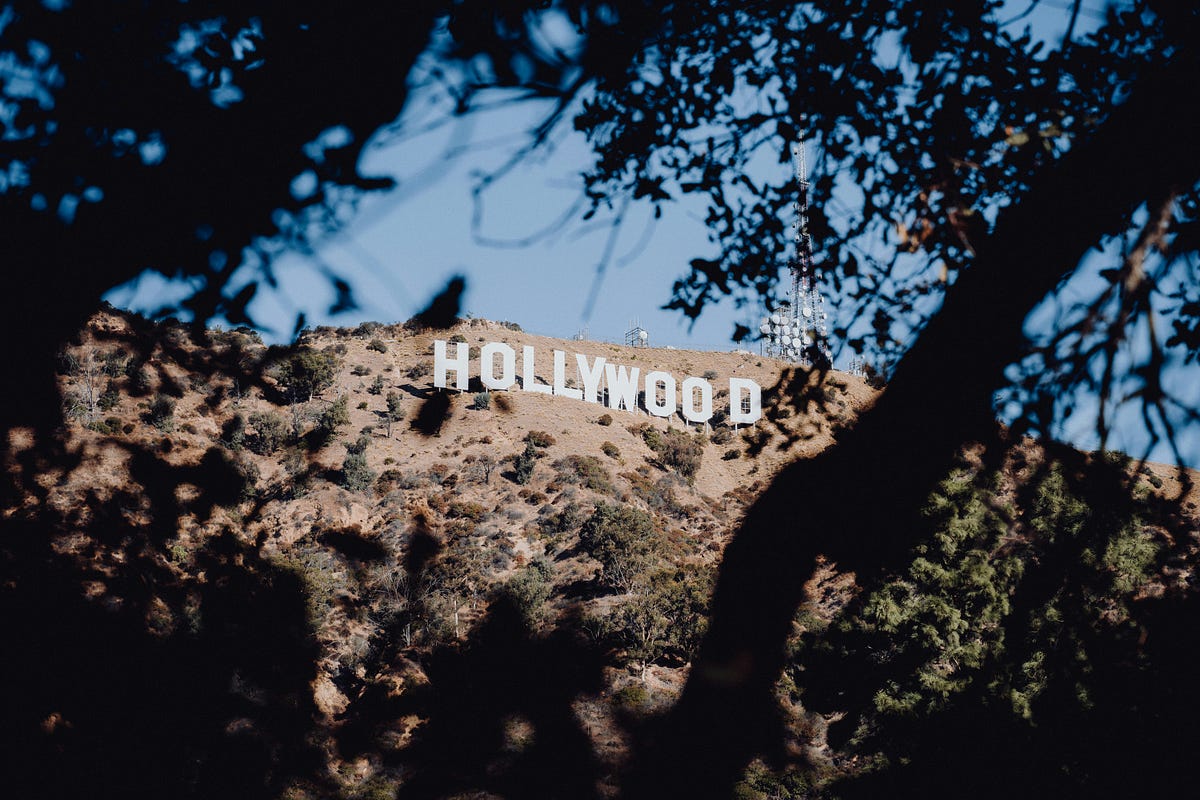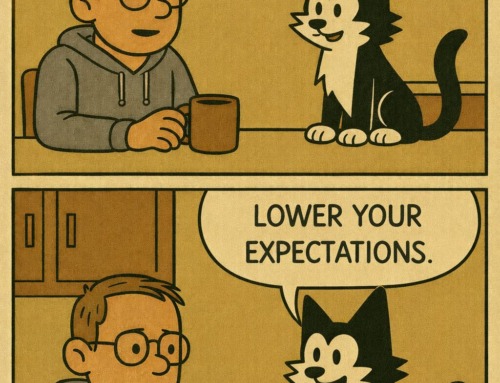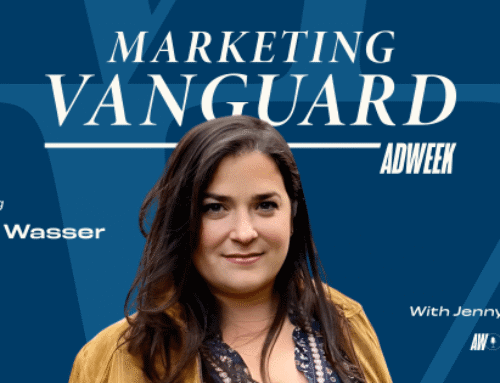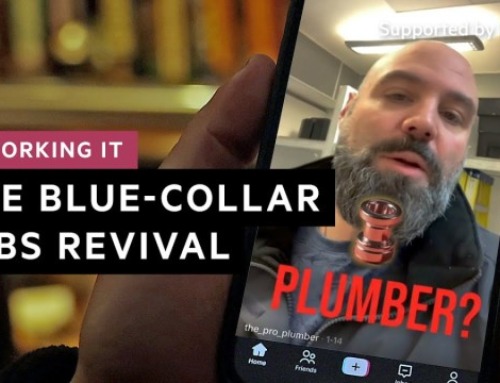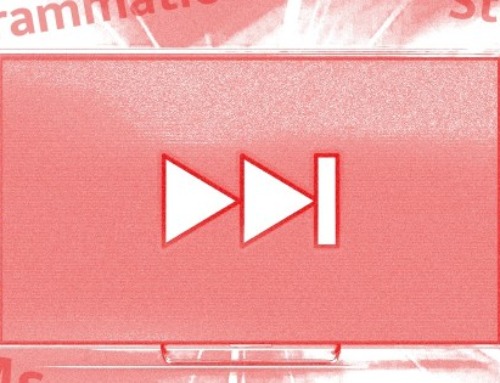Somehow, it’s an existential threat, a blossoming secret love affair, and a hedging bet, all rolled into one 
Hollywood is currently in its “we’re not dating, but we’re definitely seeing each other” phase with AI.
Publicly, the entertainment industry treats generative AI like it’s radioactive: a looming job killer, a creative imposter, a PR grenade just waiting to go off. Privately, however, studios are reportedly slipping into the DMs of AI startups, quietly experimenting behind closed doors, and very much testing the waters of what generative tools can do.
Let’s start with Netflix, which recently (and officially) dipped its toe into the generative pool. Co-CEO Ted Sarandos, on a post-earnings call, proudly acknowledged the company used AI-generated visual effects for the first time — specifically, a collapsing building in The Eternaut, an Argentine sci-fi series that Netflix is producing in house.
Yet, behind that seemingly casual disclosure lies a more intriguing story. Bloomberg reports Netflix has been experimenting with Runway AI, a New York-based startup whose early video models looked like choppy dreams but have rapidly evolved into a viable tool for generating convincing footage, animation, and special effects.
Runway has been making some serious effort to make inroads with Hollywood studios. It has already signed a deal with Lionsgate to train models on the studio’s content, and recently launched Act-Two, a motion capture tool that eliminates the expensive “guy in a ping-pong ball suit” process.
Therefore, perhaps it is no surprise that, AI has become the worst-kept secret in Hollywood, whispered about in VFX studios and post-production houses, but rarely credited. Part of that is reputational risk, of course, but labor politics also plays a huge part.
Hollywood, after all, is a union town. One of the key aspects of the dual strikes of 2023 that almost shut down Hollywood was about drawing a line in the sand against unchecked AI automation. The resulting agreements built in some safeguards against actors and writers being replaced by AI. banning AI-written scripts and unauthorized digital doubles.
Yet, the agreement left loopholes open for AI-generated footage as long as a human is nominally in charge. That ambiguity has become a playground for experimentation, especially in pre-production. Producers are quietly prompting images, laundering AI-generated assets through human illustrators, and outsourcing storyboards to machines. For now, as studios tiptoe into this new technological frontier, they’re doing it off-the-books, under NDAs, and through third-party startups like Runway, Midjourney, or OpenAI’s Sora.
Even Disney, the most IP-protective studio on Earth, has reportedly tested Runway’s tools, per Bloomberg. Although a spokesperson insists there are “no plans to integrate it,” that’s essentially corporate speak for “we’ll wait and see if we can use it without backlash.” Ironically, Disney is also suing Midjourney for copyright infringement , a lawsuit that says more about wanting to control AI than avoid it. But that lawsuit might get dropped soon given some of the recent remarks from President Trump.
The backlash is not just embedded in contract language, but in the overall culture too. AI was positioned, often rightly, as a threat to creative labor, and that framing hasn’t gone away. Natasha Lyonne’s recent announcement of Uncanny Valley, a project backed by her AI-focused studio Asteria, was met with widespread skepticism and criticism, even though it was (ironically) vague about how AI would actually be used.
The truth is, Hollywood doesn’t quite know what to do with AI. On the one hand, it represents a real, if disruptive, leap in productivity. Generative tools can speed up pre-vis, automate animation, enhance VFX — and, crucially, cut costs. For studios constantly under pressure to deliver content at scale, that’s gold. On the other hand, AI is the third rail of creative labor.
Looking at the larger entertainment landscape, however, Hollywood is also competitively motivated to at least experiment with AI video. After all, AI-generated content is already thriving outside the Hollywood machine. Indie creators like the Dor Brothers are racking up millions of views with full AI-generated deepfake-style shorts. TikTok and YouTube are teeming with AI effects, animations, and voiceovers. Gen Z is watching, and so is Hollywood.
Because Netflix’s true competition isn’t Disney+ or Peacock — it’s now YouTube and TikTok. According to the latest Nielsen data, YouTube now commands 12.5% of all U.S. television viewing time, compared to Netflix’s 7.5%. Two years ago, the gap was barely noticeable. Now it’s a chasm. And YouTube is only doubling down on AI.
Both YouTube and TikTok have rolled out various AI-enabled creator tools to help users generate more content. Just this week, YouTube released new AI tools for Shorts creators, including an image-to-video tool that can turn a single photo into a six-second clip. While they’re just micro-content meant to juice the Shorts feed, they do reflect a larger shift: AI is increasingly becoming the visual language of digital entertainment.
Yet, Hollywood is also right to be cautious of it all. After all, the dangers of AI slop, or rather, call it the “sloppification of content feeds” is a very real threat for UGC-driven platforms like YouTube. The more AI tools flood creator workflows, the more uncanny, inconsistent, and sometimes downright bizarre content gets served to viewers.
Pinterest, for example, has become overrun with AI-generated interiors featuring impossible architecture — a carousel of aesthetic hallucinations that frustrate more than they inspire. Platforms will have to fight hard to keep their feeds from becoming uncanny valleys of engagement.
Still, the economic incentives are too tempting to ignore. AI can slash post-production time, reduce headcount, and let studios crank out effects and animations that used to cost millions. For streaming platforms like Netflix , now less concerned with subscriber growth and more focused on retaining attention , this kind of cost-cutting magic has serious appeal.
Hollywood is stuck in a delicate balancing act: it can’t afford to ignore the efficiencies of generative AI, especially not with rising production costs, shrinking streaming margins, and attention bleeding toward AI-native platforms. Yet it also can’t risk alienating the creative labor force that underpins its legitimacy and contracts.
So, the result for now is a fog of strategic ambiguity, hedging bets as to where AI tools are “tested,” not “integrated”; visuals are “augmented,” not “generated”; and use cases are framed as “workflow optimization” rather than production.
But, that ambiguity won’t hold forever. Sooner or later, someone’s going to put AI in the credits — and the real story will be who’s bold enough to get there first.
It’s Complicated: Hollywood’s Love-Hate Relationship with AI Content was originally published in IPG Media Lab on Medium, where people are continuing the conversation by highlighting and responding to this story.
